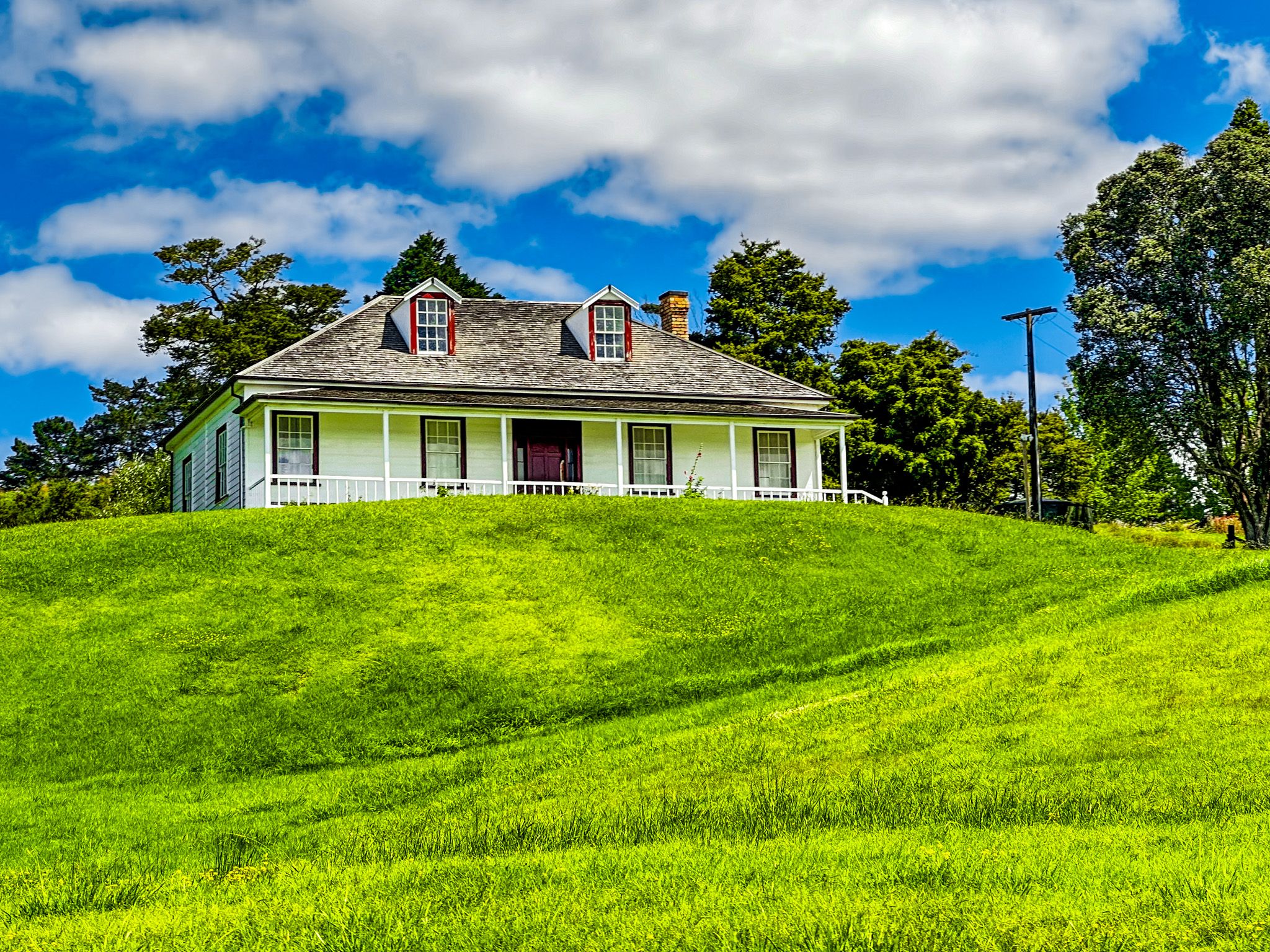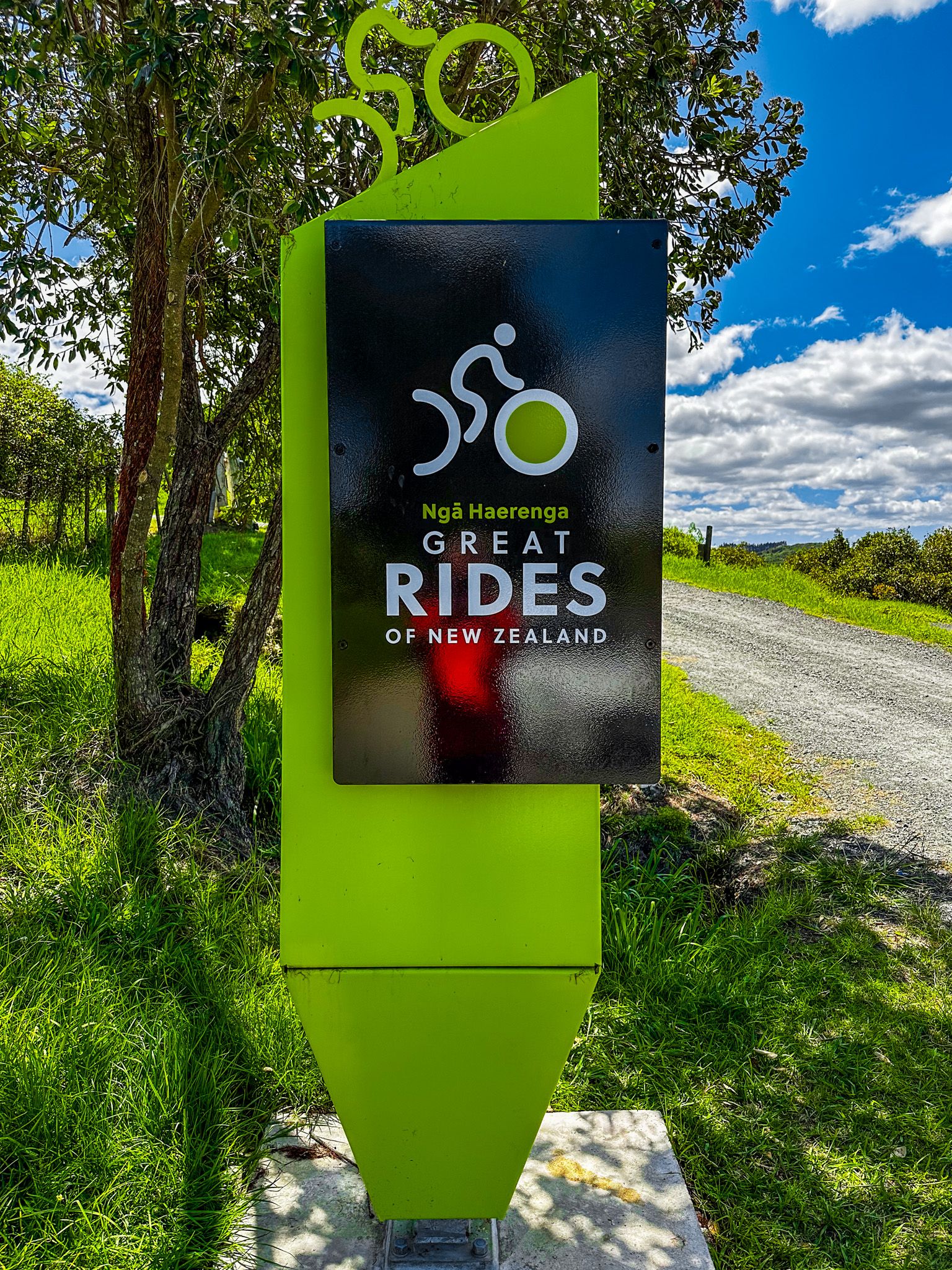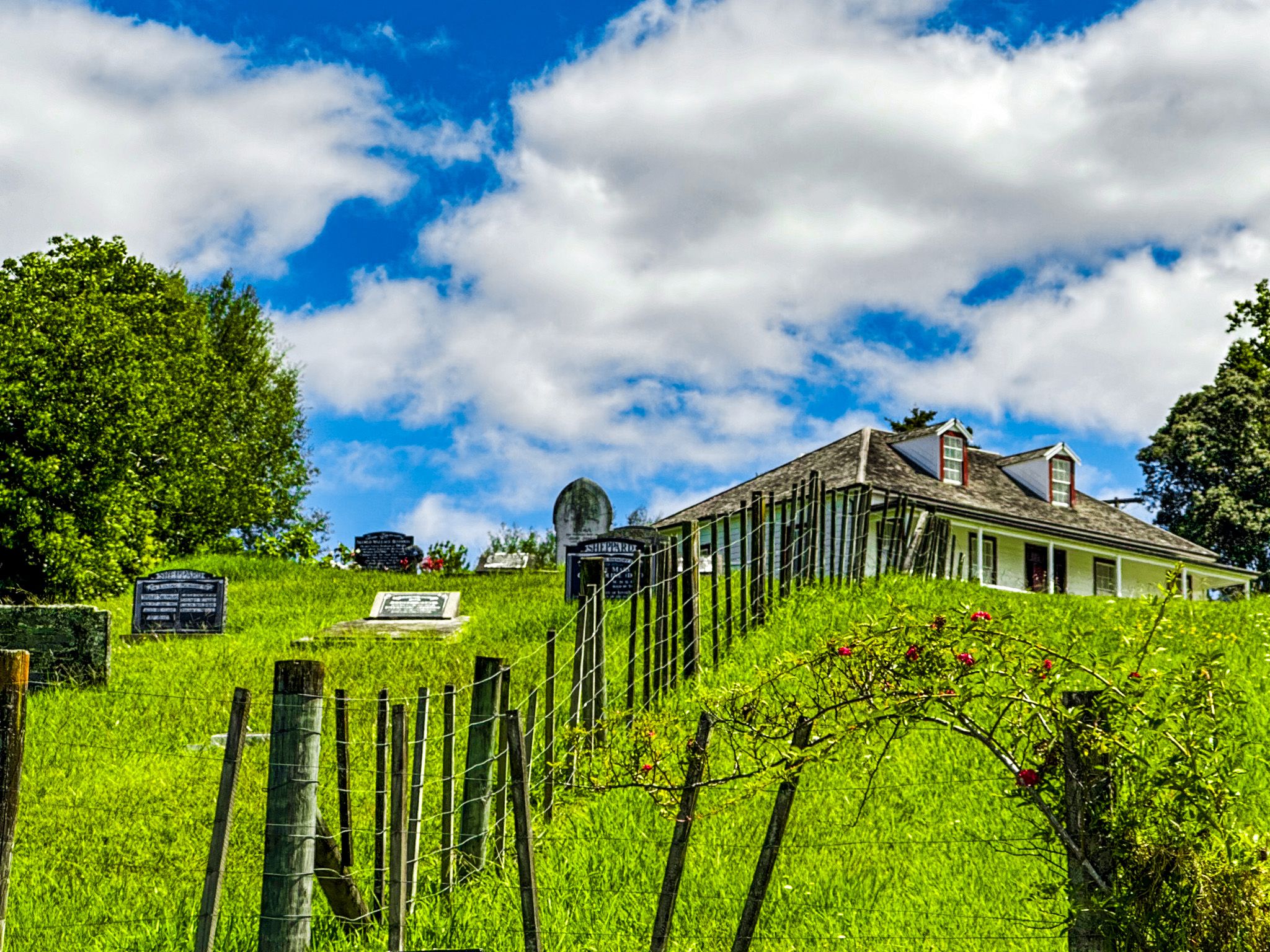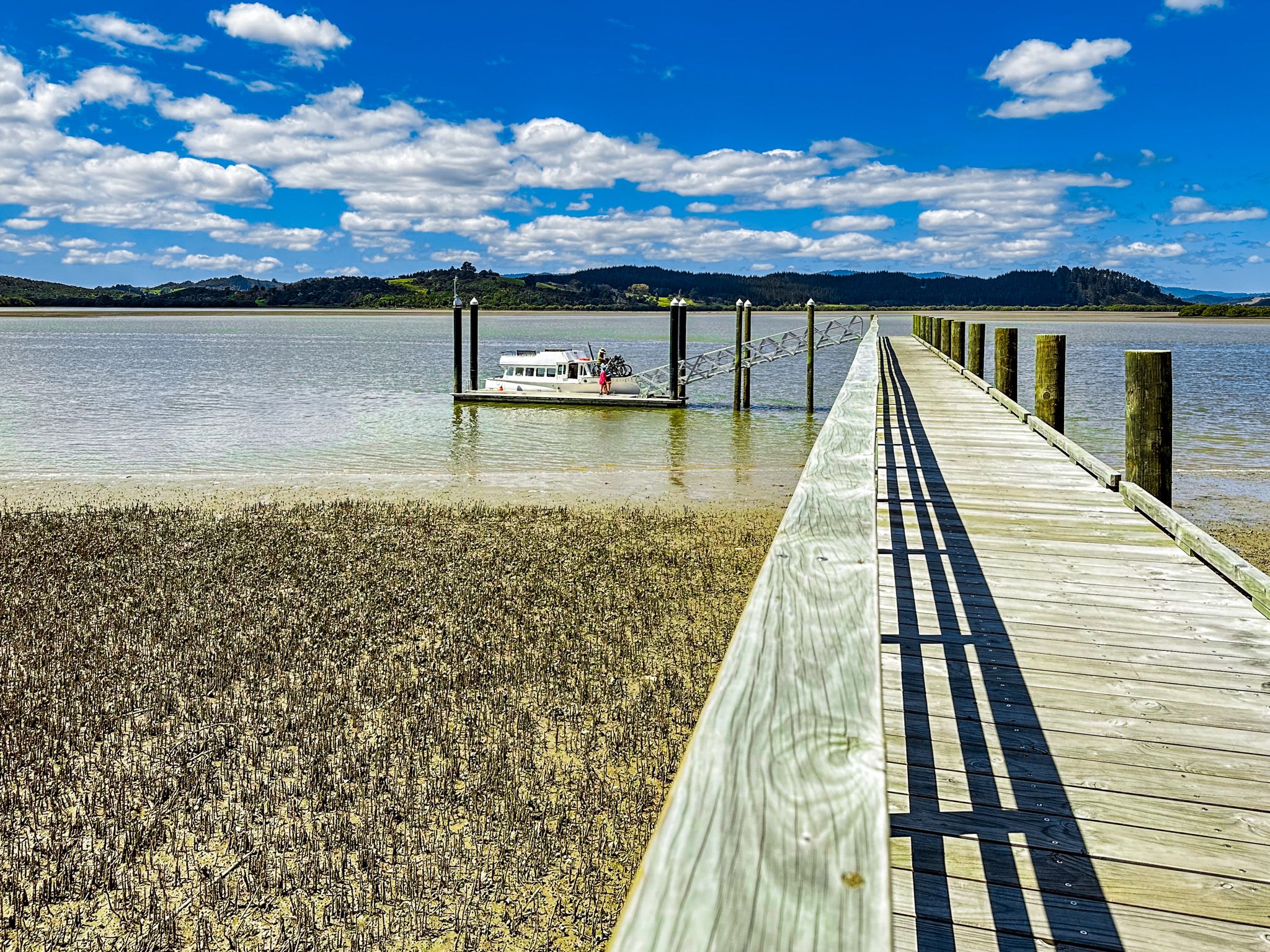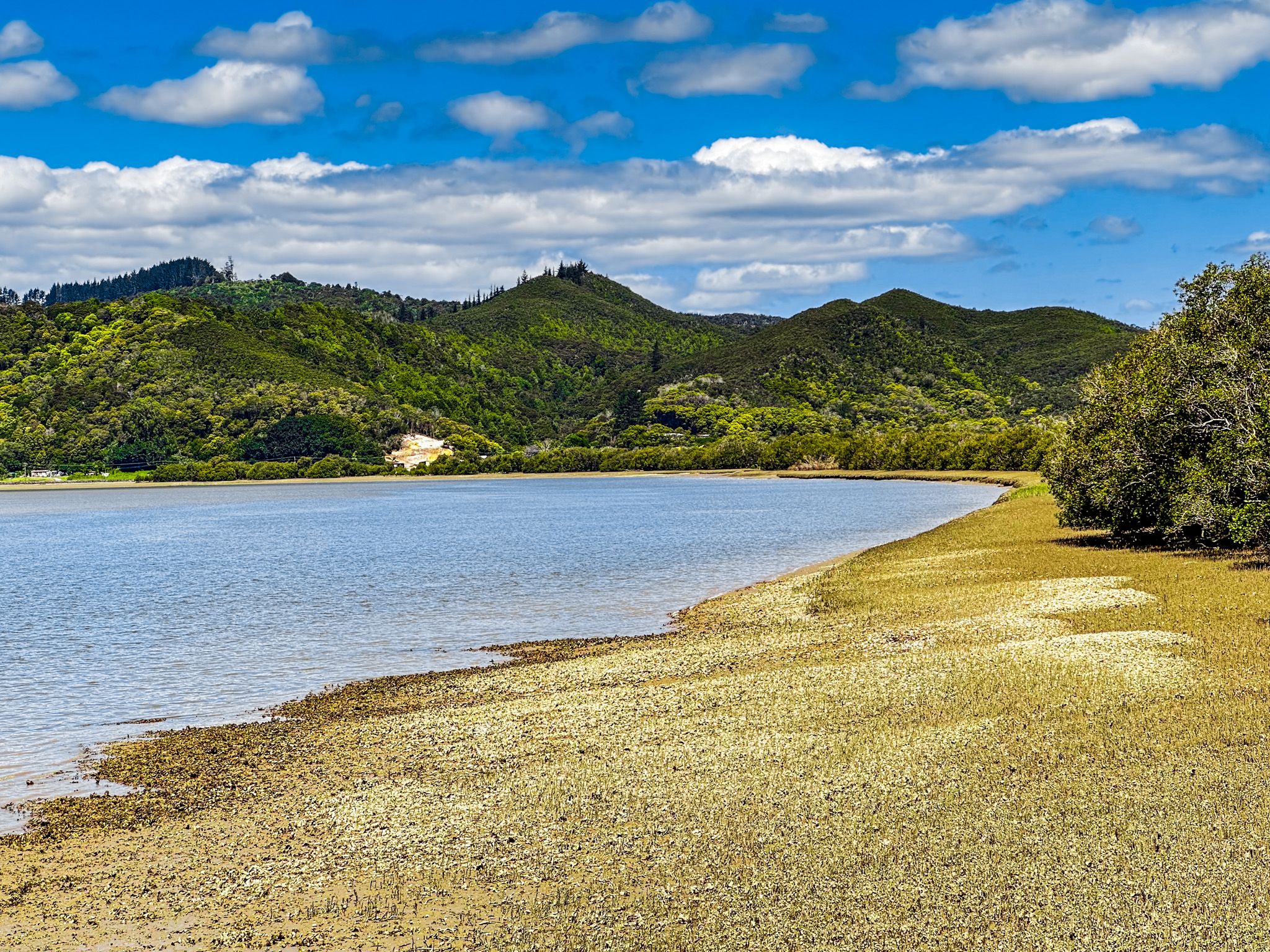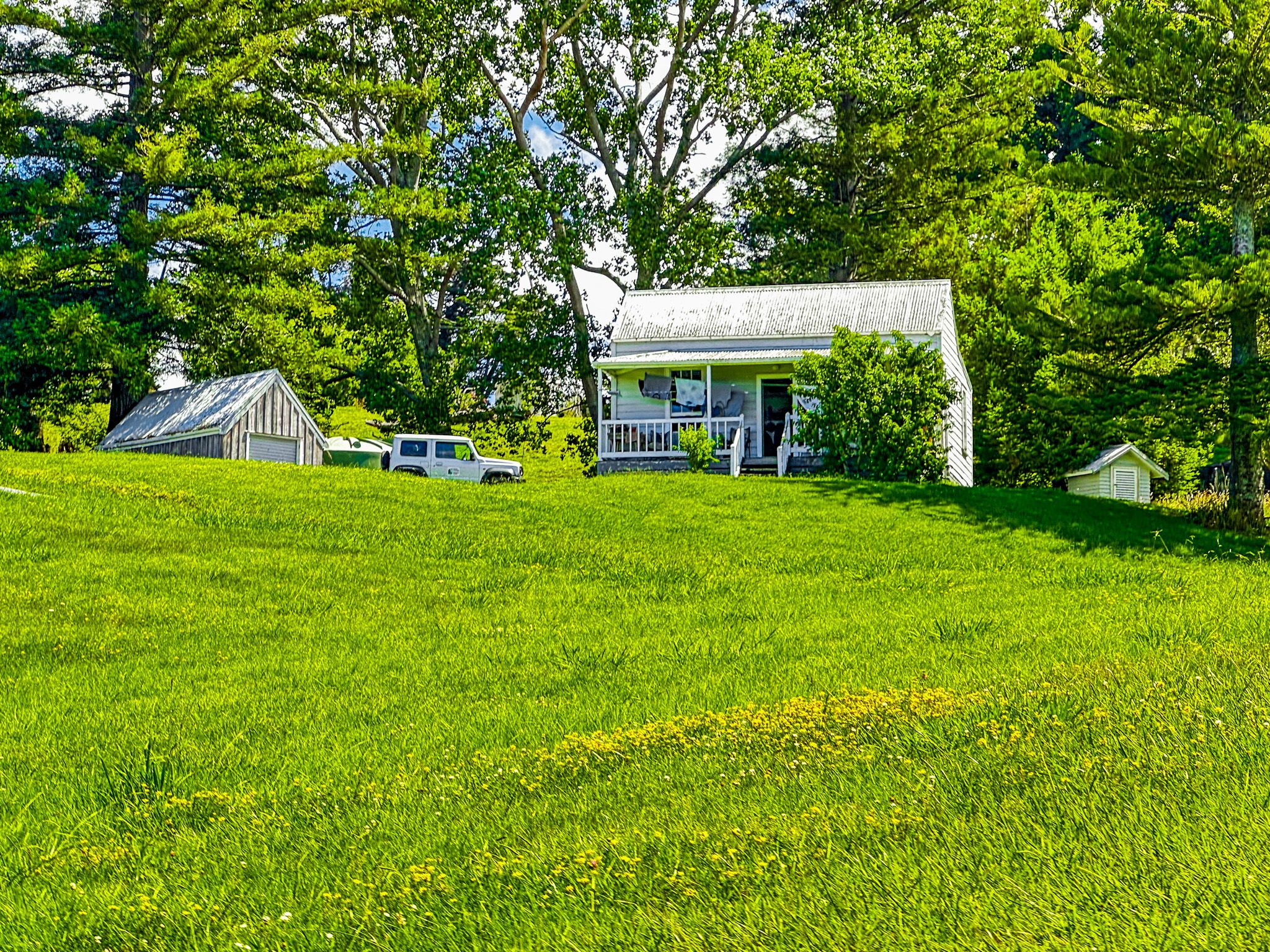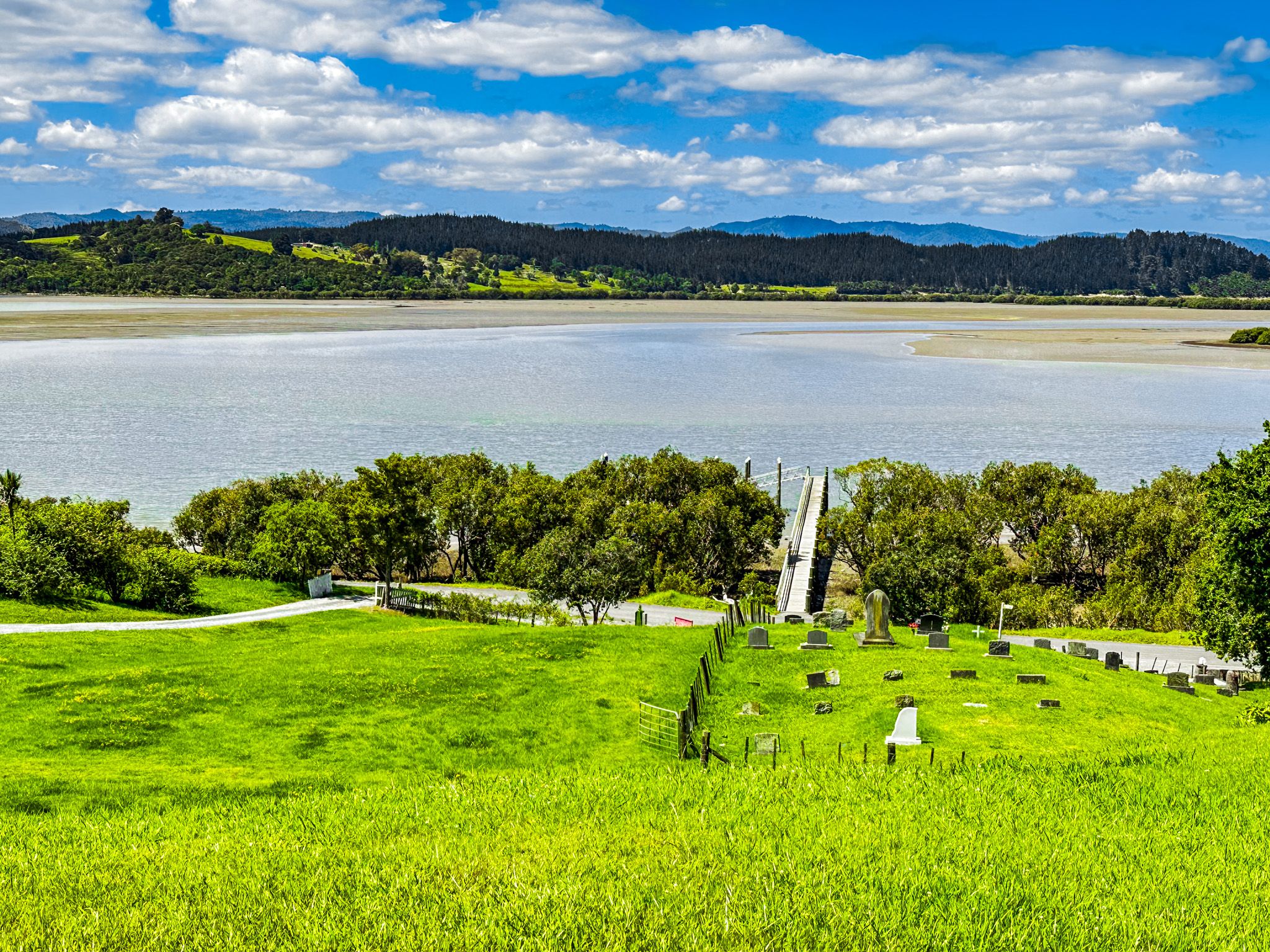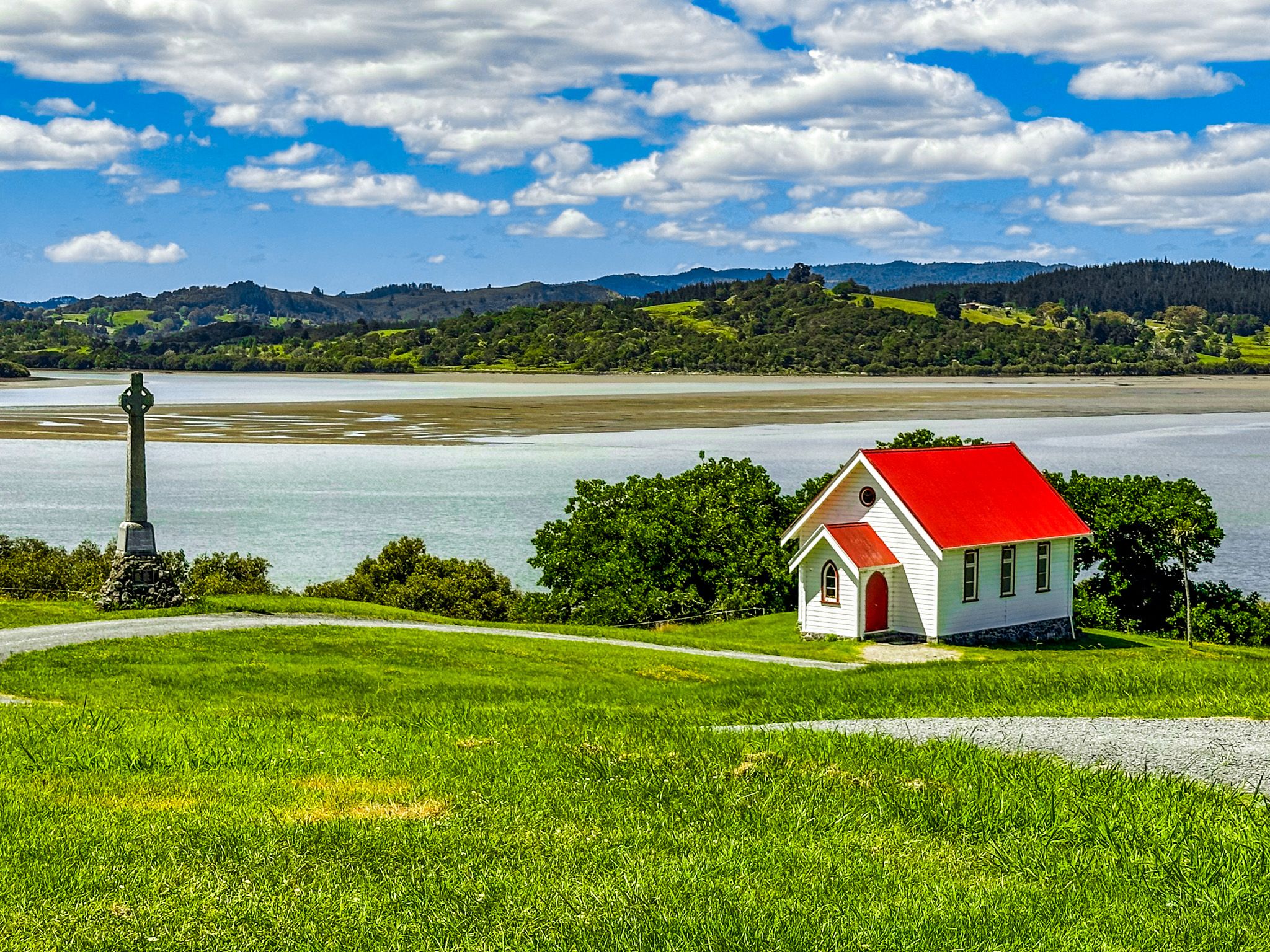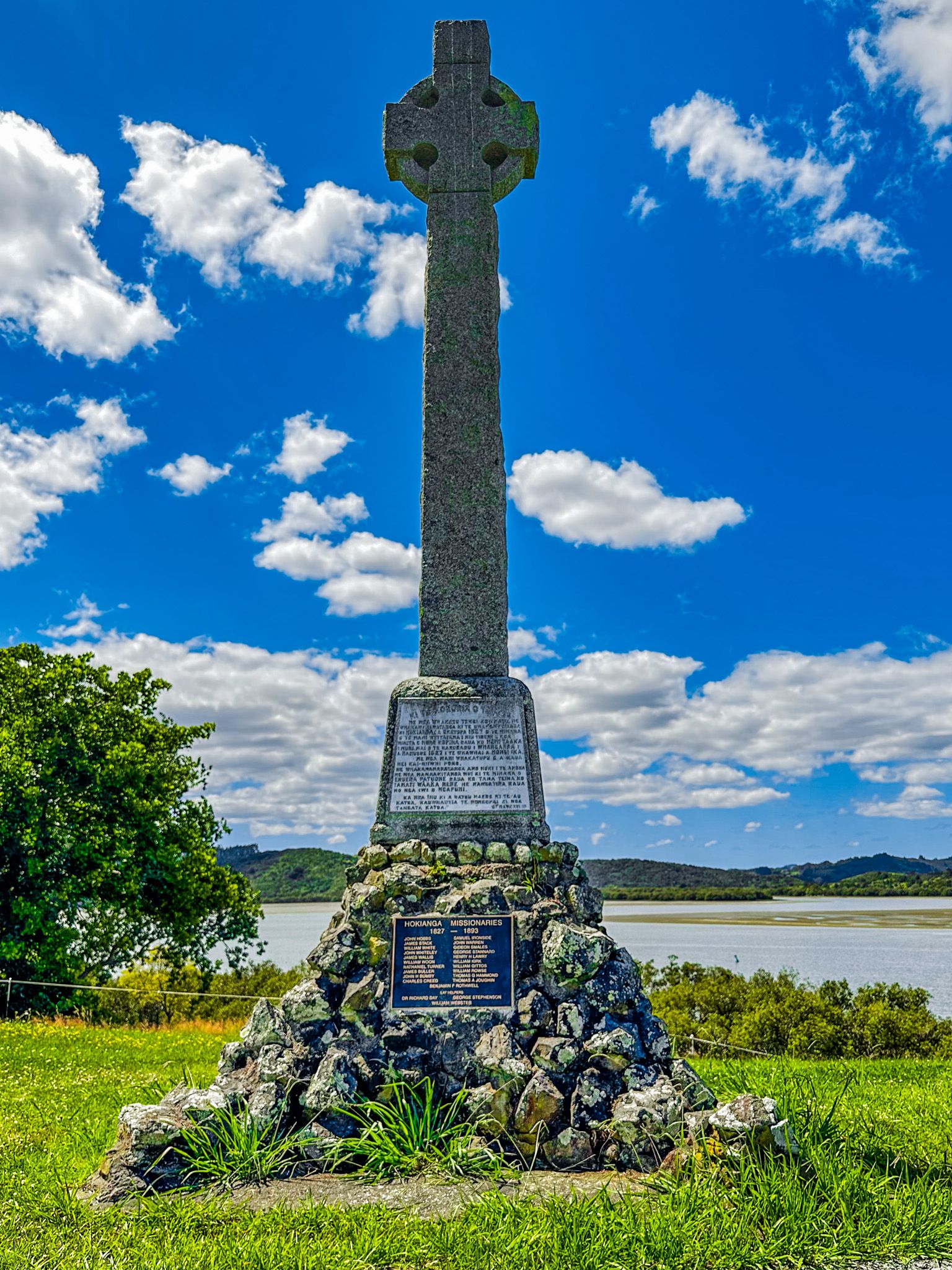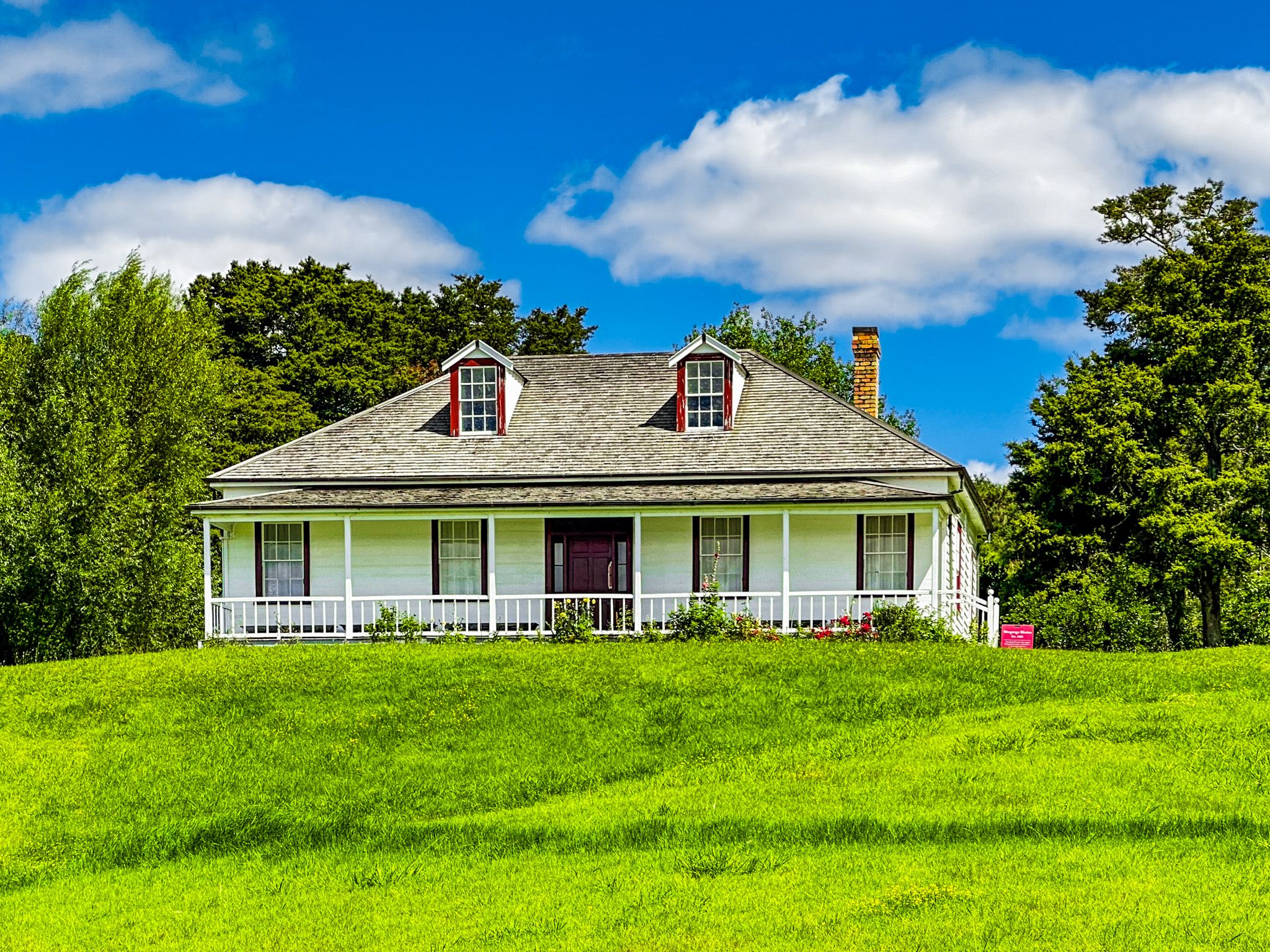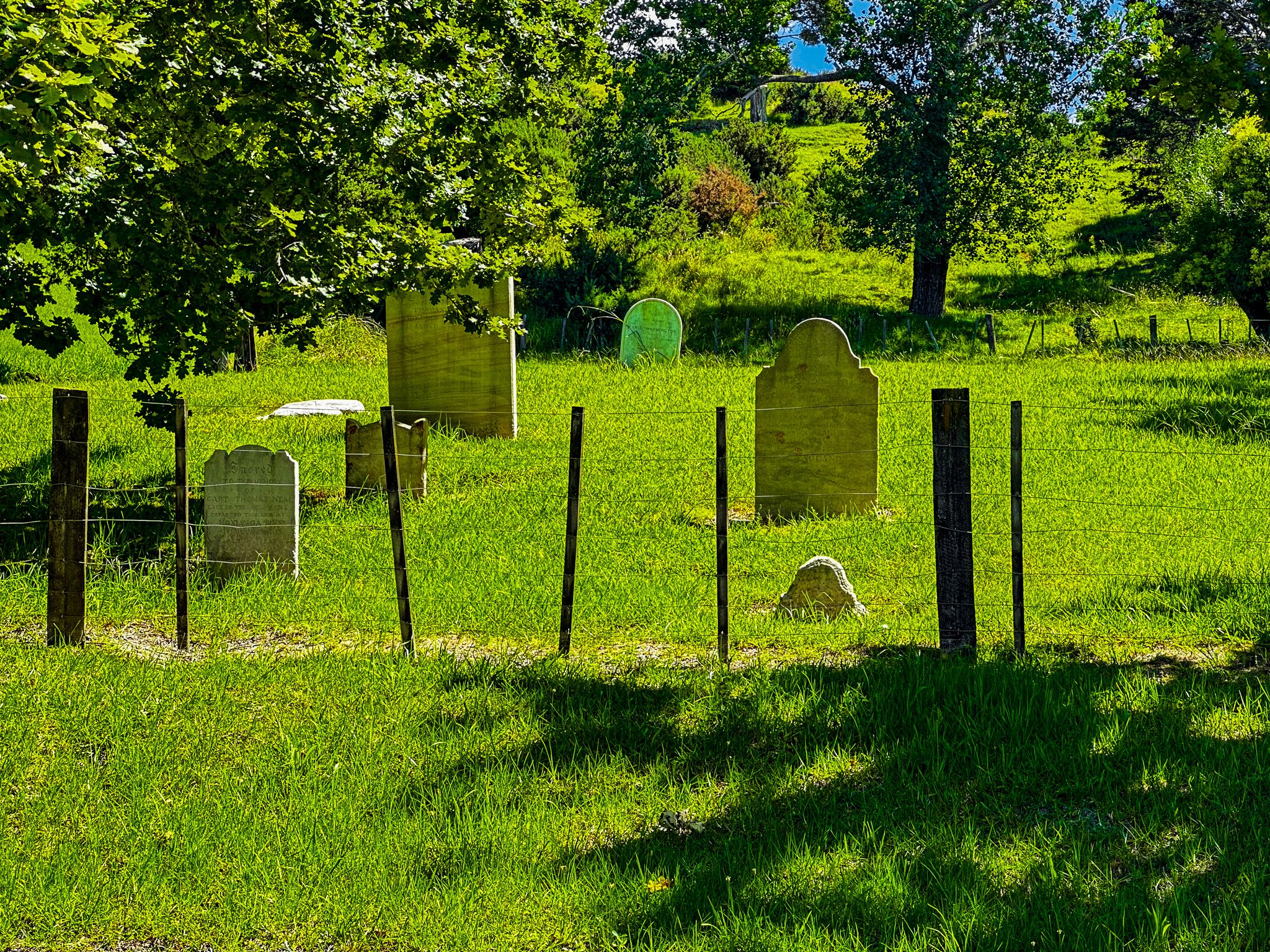Discovering Māngungu Mission
Māngungu Mission is a historic site located on the northeast side of Hokianga Harbour, about 2 km from Horeke. This picturesque hillside location features an original mission house with a rich history, a small church, and a historic cemetery. Visitors can drive past the church to a car park near the house and explore the grounds at any time.
The mission house operates as a museum, though it has limited hours, so checking the website before planning a visit is advisable. A monument can also be found just above the church along the access road.
The Establishment of Māngungu Mission
The Church Missionary Society (CMS) was the first to establish a presence in New Zealand, but the Wesleyan Missionary Society (WMS) soon followed in the 1820s, promoted by Samuel Leigh, a WMS missionary in Australia. The first WMS mission station was established in 1823 in Kaeo, near Whangaroa Harbour, but was abandoned in 1827 during the Musket Wars.
The WMS, led by John Hobbs, then relocated to Hokianga Harbour, founding Māngungu Mission in 1828 under the protection of Māori leader Patuone. Several buildings and a chapel were quickly constructed. In 1830, William White took over the mission, establishing further missions at Kāwhia and Waingaroa on the North Island's west coast. White aimed to reduce European colonists' influence on Māori, engaging in business practices that favoured the mission's commercial sawmilling over that of colonists. This led to tensions with fellow missionaries, resulting in his recall to England in 1836.
Historical Significance and Decline
In August 1838, the original mission house burned down, prompting John Hobbs to return and construct the present house. In 1839, Mary Bumby introduced the first honey bees to New Zealand at the station. On 12 February 1840, William Hobson, the Governor General of New Zealand, stayed at the house for the largest signing of the Treaty of Waitangi. Approximately 3,000 people attended, and 70 rangatira signed the treaty six days after the Waitangi signing. This event is commemorated annually on 12 February.
By the late 1840s, the mission's importance had declined as the WMS moved to Auckland. Hobbs and his family were the last remaining missionaries, and the mission closed in 1855. The mission house was disassembled and relocated to Onehunga in Auckland, becoming a private home.
Restoration and Museum
In 1972, the Historic Places Trust, now Heritage New Zealand Pouhere Tāonga, acquired the house and returned it to Māngungu. It opened as a museum in 1977, featuring a table built by Hobbs, on which the Treaty of Waitangi was signed at Māngungu in 1840. The charming church on the site was imported from Kohukohu.
How to Get There
Māngungu Mission is situated on Motukiore Road at the harbour's edge. To reach the site, take Horeke Road from Horeke for 1.5 km and continue straight over the bridge. Māngungu is also one end of the Twin Coast Cycle Trail, and boat transfers can be arranged to and from Rawene, the nearest substantial town.
While in the area, also check out the Wairere Boulders, the Koutu Boulders and take the car ferry from Rawene to Kohukohu.
